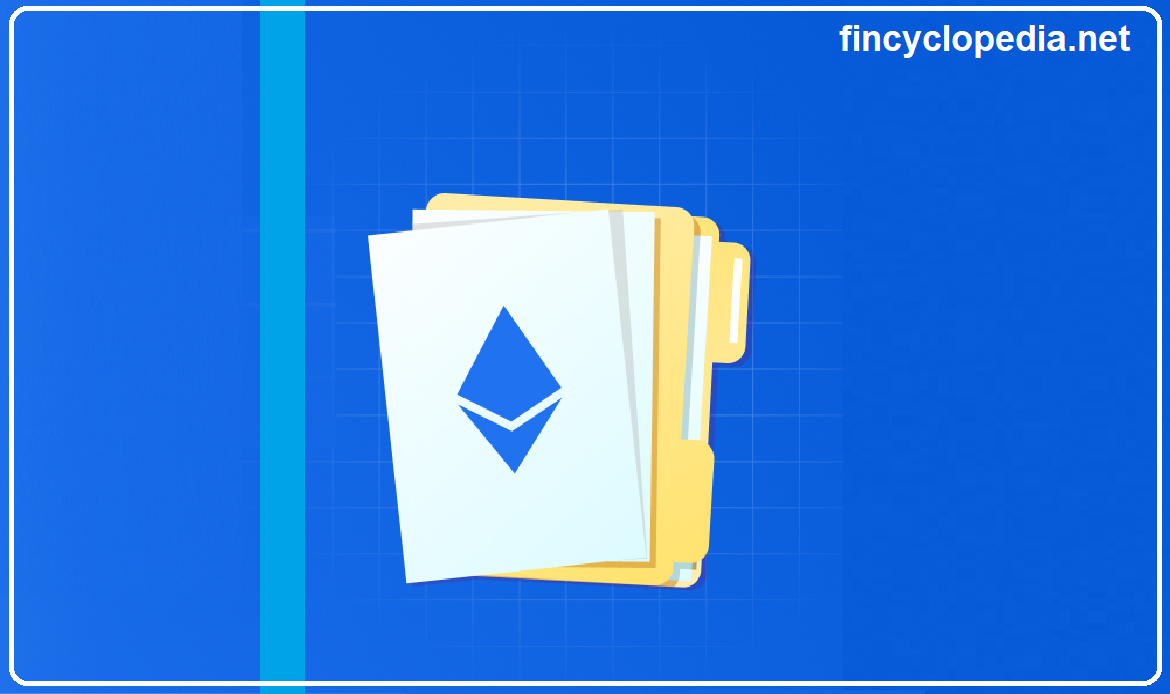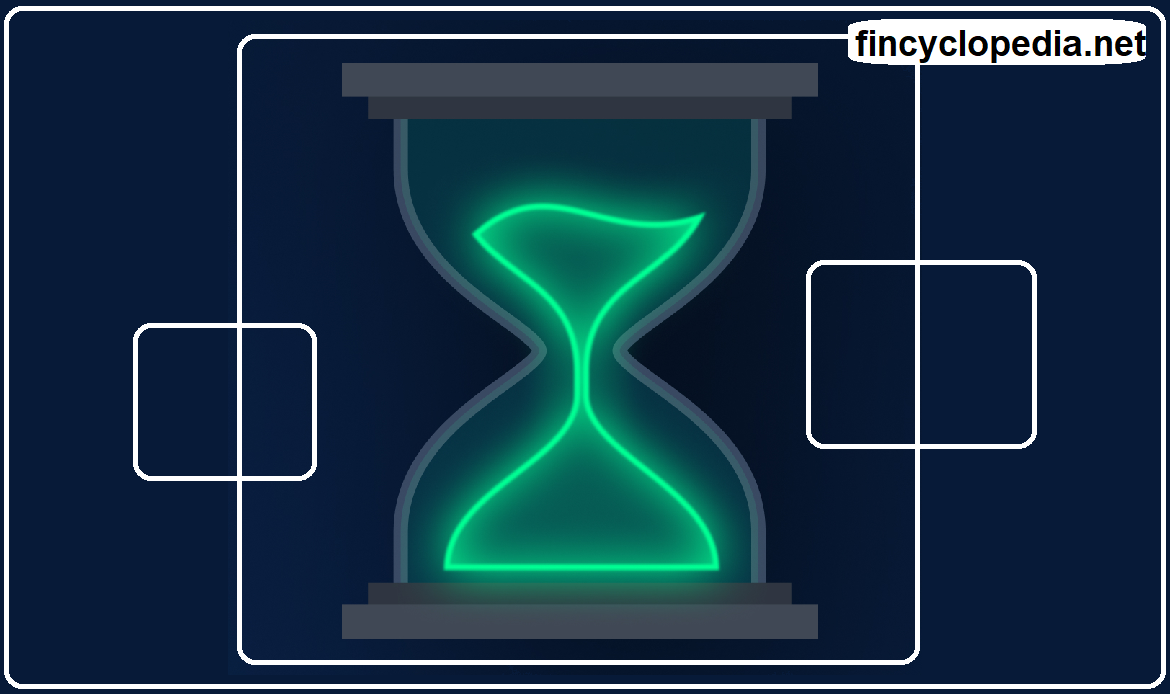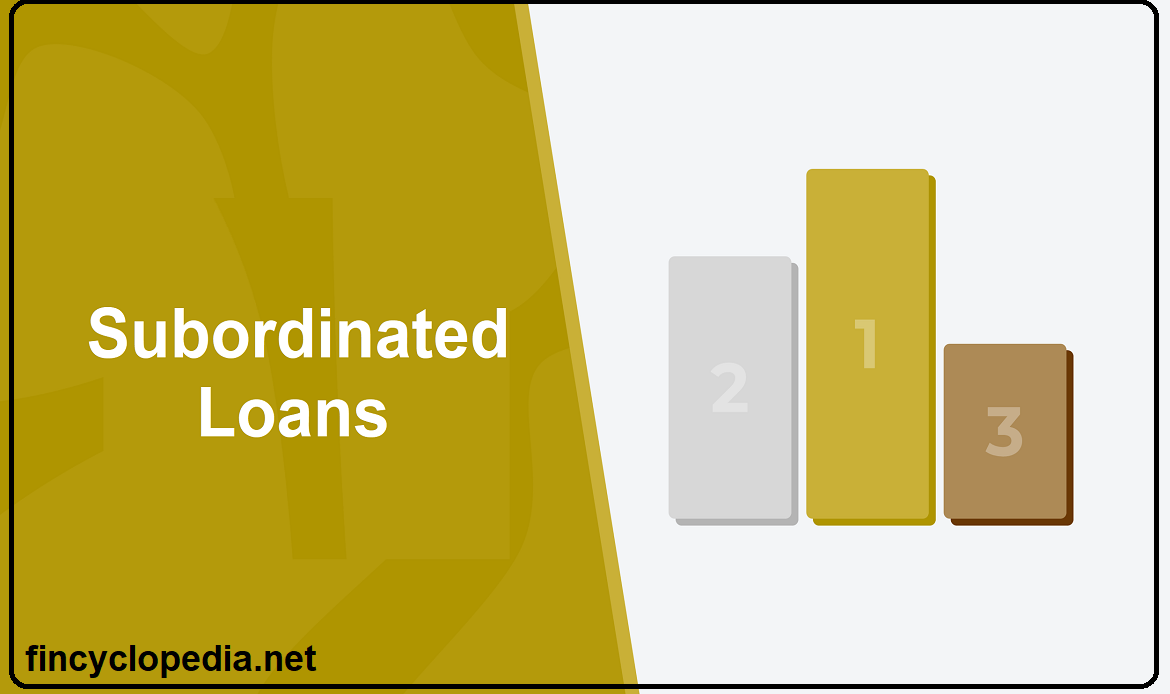In relation to a transfer system, it refers to the span of time (lag) between the acceptance of the transfer order by the system and its ultimate settlement. In an exchange-for-value system, it is the time lag between entering into a trade/ bargain (involving a financial asset/ instrument) and handing the asset over for payment.
When trades are carried out on financial markets, there is typically a time span between trade date– when a buyer and seller agree to the terms of the trade – and settlement date – the date on which the buyer receives the assets (e.g., securities such as shares or bonds) purchased and the seller receives the contractual price.
This lag is also known as the settlement period or settlement cycle. During this period a number of steps are involved including confirmation of sufficient funds at the buyer’s end and that the seller has the securities to deliver against payment, and all relevant details are exchanged between the parties to initiate settlement. The time lag exposes both parties to the risk of non-performance.
Settlement lag also denotes the span of time between the first report of a claim and the date of its final settlement.
It is also known as a payment lag.






